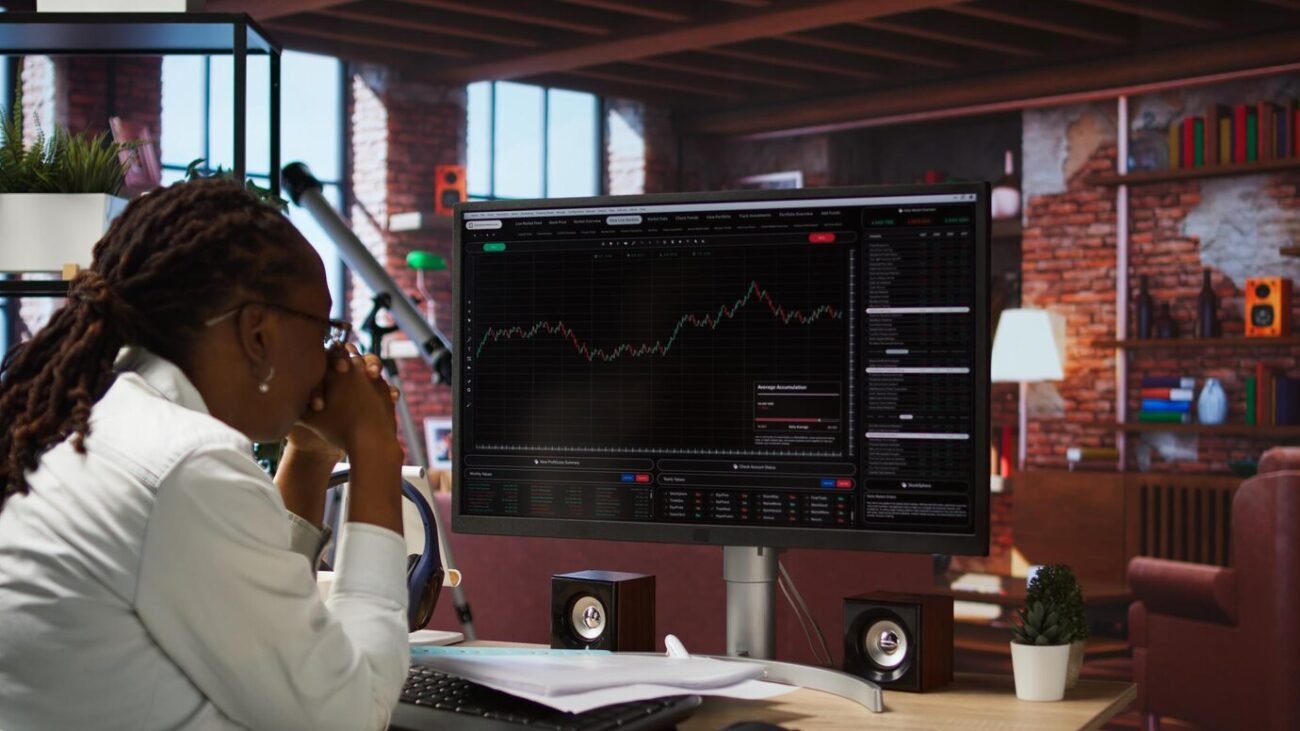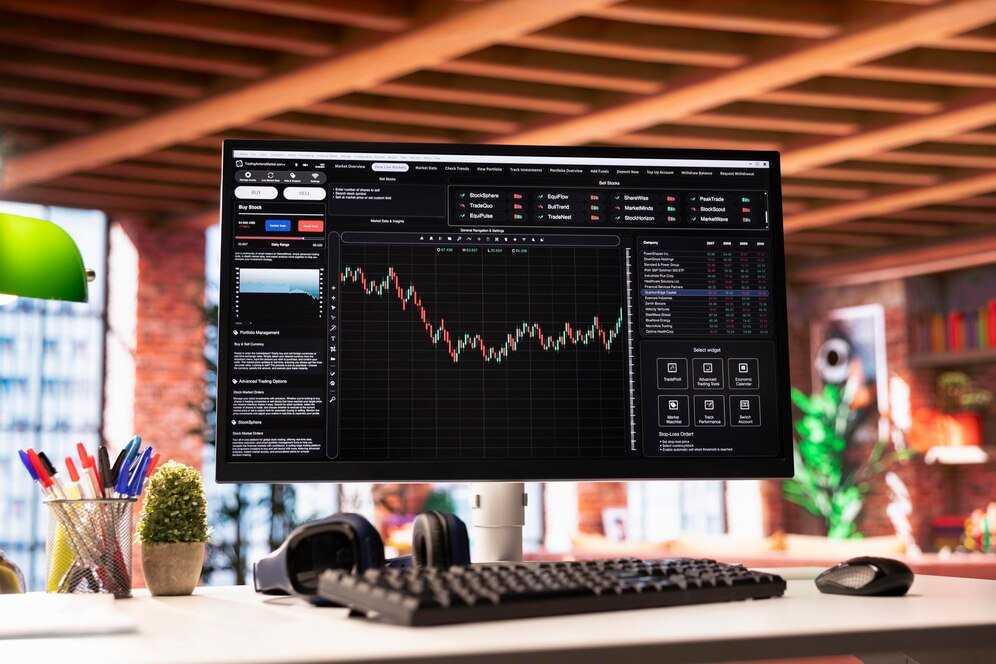In the rapidly evolving world of cryptocurrency, the allure of quick profits can sometimes overshadow the risks involved. Unfortunately, this environment has led to the emergence of numerous scam exchanges that prey on unsuspecting traders. Knowing how to identify these fraudulent platforms is crucial for safeguarding your investments. In this blog, we’ll provide practical tips for spotting a scam exchange and ensuring safe trading.
1. Research the Exchange’s Reputation
Before signing up with any exchange, conduct thorough research to understand its reputation in the crypto community.
Tips:
- Check Online Reviews: Look for user reviews on forums, social media, and review sites. Be wary of exchanges with a significant number of negative reviews or complaints about withdrawals and customer service.
- Crypto Community Feedback: Engage with cryptocurrency communities on platforms like Reddit or Twitter. These communities often share experiences with different exchanges and can provide valuable insights.
2. Verify Regulatory Compliance
Legitimate exchanges are typically compliant with local regulations and operate under the oversight of financial authorities.
Tips:
- Check for Licenses: Look for information about the exchange’s licensing and regulatory compliance. Reputable exchanges often display their licenses prominently on their websites.
- Research Jurisdiction: Understand the legal frameworks of the country where the exchange is based. Exchanges operating in jurisdictions with strict regulations are generally safer.
3. Examine Security Features
Security is paramount in the cryptocurrency space. A reputable exchange will implement robust security measures to protect user funds and data.
Tips:
- Two-Factor Authentication (2FA): Ensure the exchange offers 2FA to add an extra layer of security to your account.
- Cold Storage: Legitimate exchanges typically store a significant portion of user funds in cold storage (offline) to safeguard against hacks.
- SSL Encryption: Check if the exchange uses SSL encryption to secure user data and transactions.
4. Evaluate User Experience
The overall user experience can provide clues about the legitimacy of an exchange.
Tips:
- Professional Design: A well-designed website with clear navigation and professional aesthetics is often a sign of a legitimate exchange. Scam exchanges may have poorly designed websites with numerous grammatical errors.
- Customer Support: Test the customer support options available. Legitimate exchanges typically offer multiple ways to contact support (live chat, email, phone) and respond promptly to inquiries.
5. Be Wary of Unrealistic Promises
If an exchange promises guaranteed returns or profits that seem too good to be true, it likely is.
Tips:
- Catchy Marketing Phrases: Be cautious of exchanges that heavily advertise high yields or guaranteed profits without disclosing the associated risks.
- Ponzi Schemes: Watch out for platforms that require you to recruit new members to earn returns, as these are often structured like Ponzi schemes.
6. Check Transaction Fees
Understanding the fee structure of an exchange is essential for evaluating its legitimacy.
Tips:
- Transparent Fees: Reputable exchanges provide clear information about transaction fees, deposit and withdrawal fees, and hidden charges. Be cautious if the fee structure is vague or overly complicated.
- Comparative Analysis: Compare the exchange’s fees with those of other exchanges. If the fees are significantly lower than average, it could be a red flag.
7. Look for Withdrawal Issues
One of the most common tactics used by scam exchanges is to make it difficult for users to withdraw their funds.
Tips:
- User Experiences with Withdrawals: Research whether users have reported withdrawal issues. Complaints about delayed or blocked withdrawals are significant warning signs.
- Test Withdrawals: If you decide to use a new exchange, consider making a small deposit and test the withdrawal process before committing larger amounts.
8. Analyze Trading Volume and Activity
Legitimate exchanges typically demonstrate high trading volume and active user participation.
Tips:
- Volume Metrics: Use tools like CoinMarketCap or CoinGecko to check the exchange’s trading volume. Low trading volume compared to competitors can indicate a lack of legitimacy.
- User Activity: Look for signs of active user engagement on the platform. An exchange with minimal activity may be a scam.
9. Trust Your Instincts
Sometimes, your gut feeling can serve as a helpful guide in identifying a scam exchange.
Tips:
- Red Flags: If something feels off about the exchange—whether it’s the website design, lack of information, or overly aggressive marketing—trust your instincts and proceed with caution.
- Take Your Time: Don’t rush into trading. Take the time to research and ensure you’re comfortable with the exchange before committing any funds.
10. Stay Informed About Scams
The cryptocurrency landscape is constantly changing, and new scams emerge regularly. Staying informed about the latest scams can help you avoid falling victim.
Tips:
- Follow News Outlets: Subscribe to reputable cryptocurrency news outlets and blogs to stay informed about potential scams and fraudulent exchanges.
- Join Communities: Engage with online communities and forums where users share experiences and warnings about scams.
Conclusion
Spotting a scam exchange requires diligence, research, and intuition. By following the tips outlined above, you can significantly reduce the risk of falling victim to fraudulent platforms and ensure a safer trading experience. Always prioritize security and transparency when choosing an exchange, and remember that it’s better to take your time finding a reputable platform than to rush and potentially jeopardize your investments. Safe trading!













